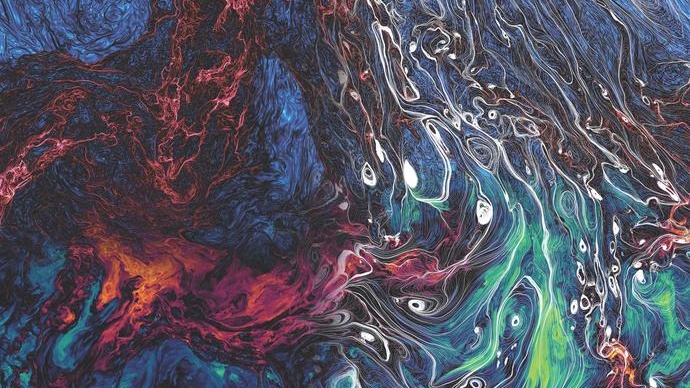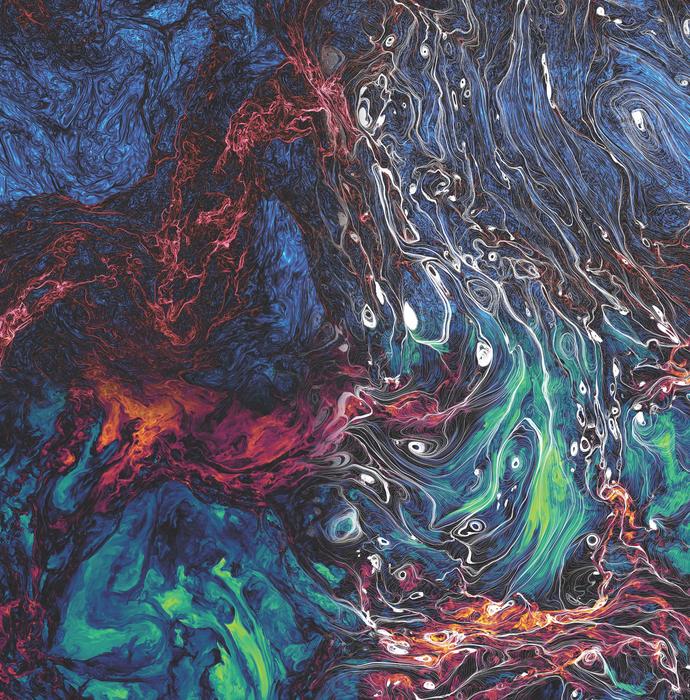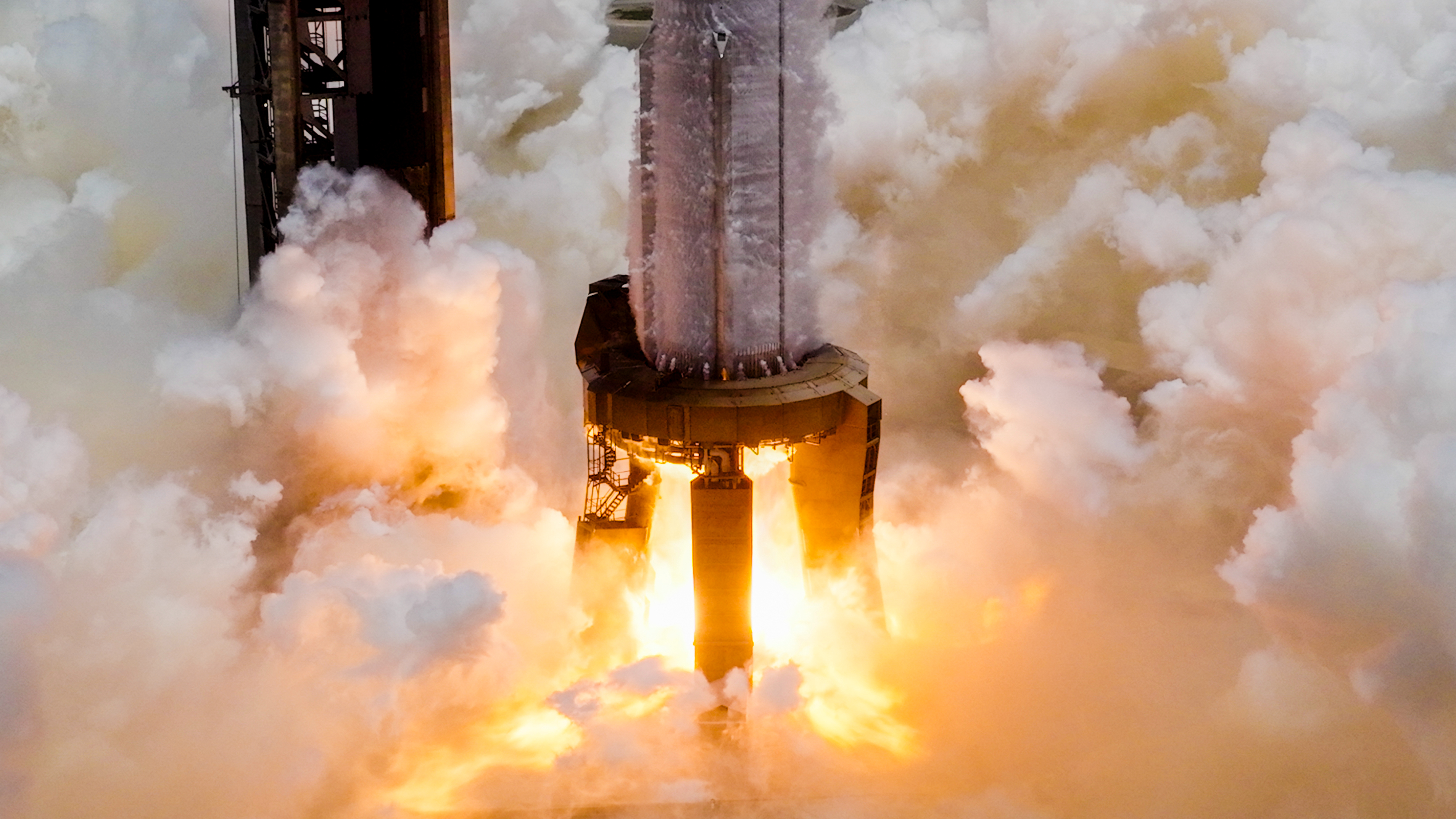Our galaxy's swirling gases and magnetic lines create cosmic artwork in new simulation
"Turbulence remains one of the greatest unsolved problems in classical mechanics."

In between all the stars in our galaxy, there is a vast, diffuse mix of gas and dust known as the interstellar medium — and scientists have developed a new computer model to explore the magnetism and turbulence of this medium, in turn generating stunning images that resemble abstract works of art. The images map out properties such as fractal density and magnetic field lines.
The interstellar medium in our Milky Way galaxy is magnetic, can be compressed, and is turbulent. It affects important processes like star formation, cosmic-ray movement, and materials mixing in space. However, despite its importance, scientists still don't have a clear mathematical way to describe how it works.
"Turbulence remains one of the greatest unsolved problems in classical mechanics," James Beattie, a postdoctoral researcher at the University of Toronto and one of the study’s contributing scientists, in a statement. "This [is] despite the fact that turbulence is ubiquitous: from swirling milk in our coffee to chaotic flows in the oceans, solar wind, interstellar medium, even the plasma between galaxies. The key distinction in astrophysical environments is the presence of magnetic fields, which fundamentally alter the nature of turbulent flows."
The magnetic field in the interstellar medium is created by the movement of gas and plasma. As this material swirls and rotates, it generates electric currents, which then create and strengthen magnetic fields. The process is much like how Earth's magnetic field forms in its spinning, liquid iron core. And, although our galaxy’s magnetic field is incredibly weak, it still plays a powerful role in shaping the universe.
Beattie and his team's new model, which runs on the SuperMUC-NG supercomputer at the Leibniz Supercomputing Center in Germany, has a higher resolution than those of previous models. It can simulate vastly different spatial scales — from regions 30 light-years across down to structures about 5,000 times smaller.
"This is the first time we can study these phenomena at this level of precision and at these different scales," Beattie said. This means astronomers might be able to gain a deeper understanding of processes, like star formation.

"We know that magnetic pressure opposes star formation by pushing outward against gravity as it tries to collapse a star-forming nebula," said Beattie. "Now we can quantify in detail what to expect from magnetic turbulence on those kinds of scales."
Get the Space.com Newsletter
Breaking space news, the latest updates on rocket launches, skywatching events and more!
While higher resolution is certainly an advantage, however, it's meaningless if the model's accuracy doesn't hold up. To validate the model's reliability, the team must first test it against known observations. This step is crucial. Only by comparing the model's predictions with real-world data can scientists determine how well it captures the underlying physical processes it claims to represent. Without this validation, any insights or assumptions drawn from the model would be speculative at best.
"We've already begun testing whether the model matches existing data from the solar wind and the Earth — and it's looking very good," said Beattie. "This is very exciting because it means we can [also] learn about space weather with our simulation. Space weather is very important because we’re talking about the charged particles that bombard satellites and humans in space and have other terrestrial effects."
It will be fascinating to see how this develops and how improved simulations can complement existing data. These enhanced models could even help solve long-standing mysteries that have remained due to the limitations of current observational technology, providing new insights where direct observations have yet to reach.
The simulation is described in a study published May 13 in the journal Nature Astronomy.
Join our Space Forums to keep talking space on the latest missions, night sky and more! And if you have a news tip, correction or comment, let us know at: community@space.com.

A chemist turned science writer, Victoria Corless completed her Ph.D. in organic synthesis at the University of Toronto and, ever the cliché, realized lab work was not something she wanted to do for the rest of her days. After dabbling in science writing and a brief stint as a medical writer, Victoria joined Wiley’s Advanced Science News where she works as an editor and writer. On the side, she freelances for various outlets, including Research2Reality and Chemistry World.
You must confirm your public display name before commenting
Please logout and then login again, you will then be prompted to enter your display name.
